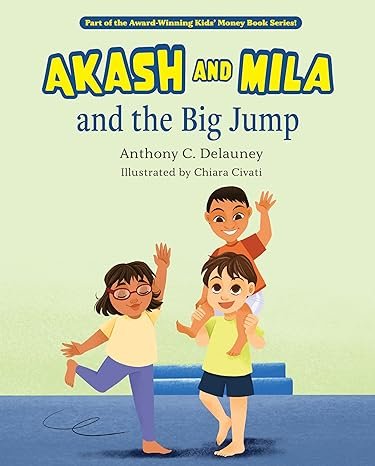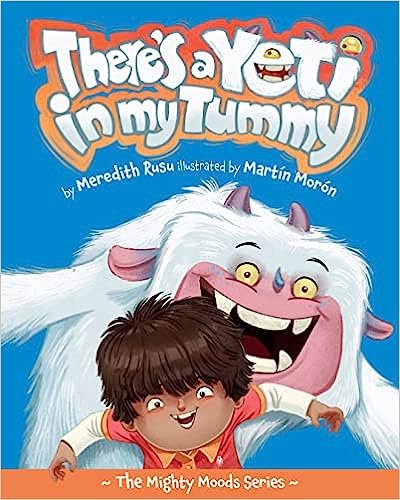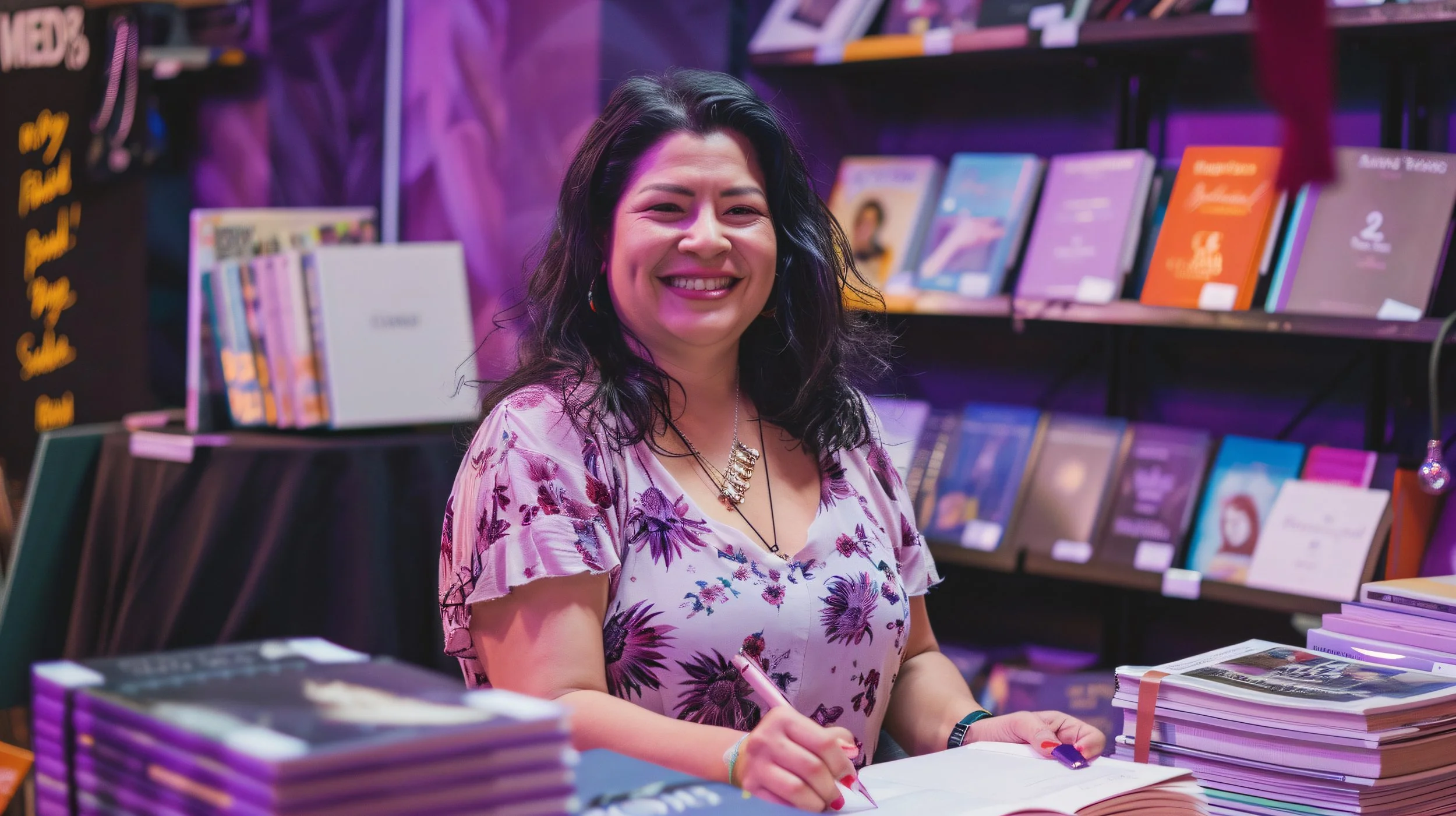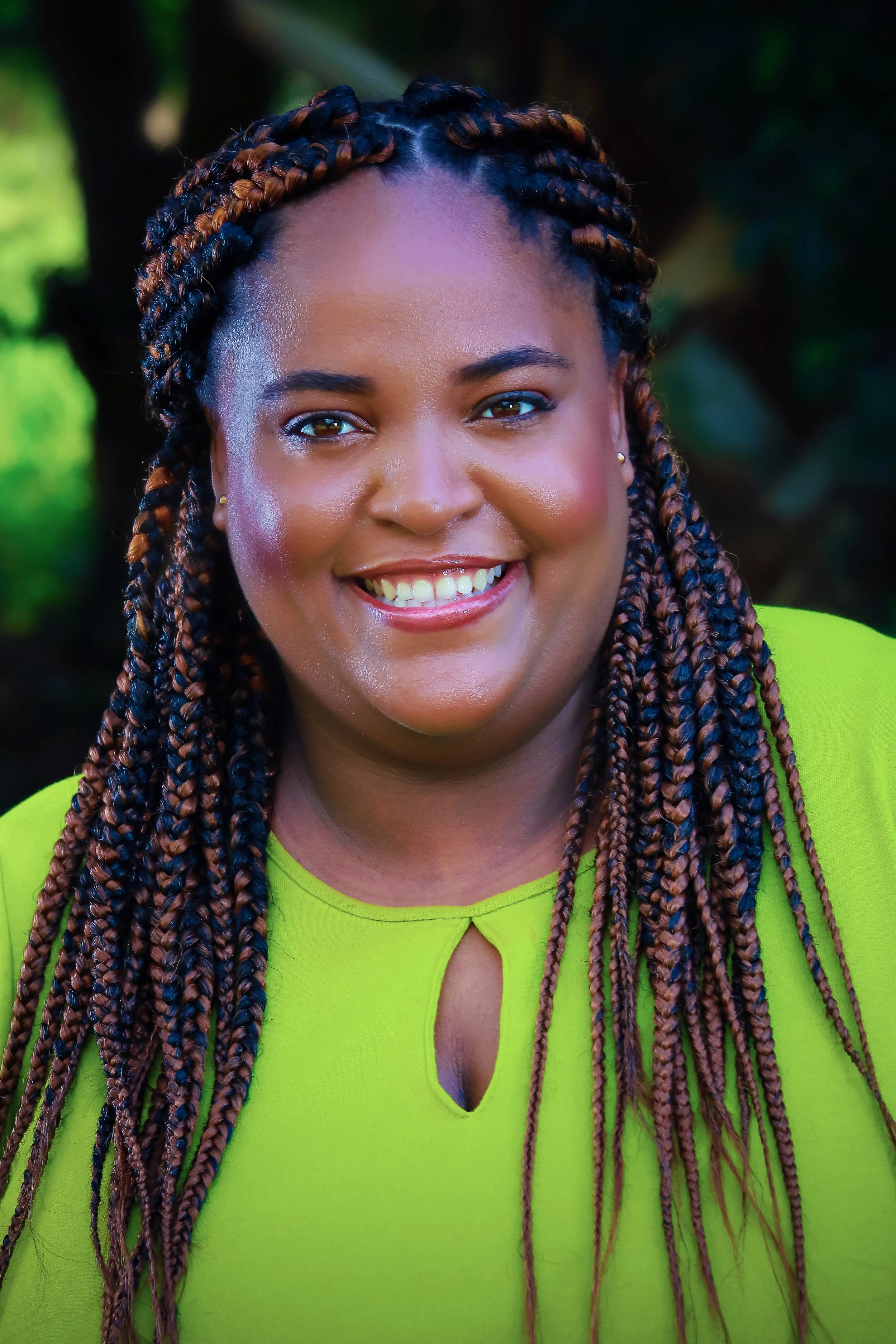My Ten Favorite Novels by Kevin Finn
/My personal taste in books is always evolving, but some things always remain consistent. I love a great drama, thriller or adventure story. Many times it’s the way the writer treats the reader that lures me in. Whatever the hook, here is my current list of favorites and a few short reasons why.
1) CYRANO de BERGERAC (Rostand)— Though properly considered a play, this work always felt as if it were written directly for me. A man against the world piece that is noble in thought and deed, swashbuckling, introspective and inspirational, woven beautifully through the pathos of loneliness, love unrequited, and the foolishness of vanity. The ‘no, thank-you’ soliloquy and the Fight with Death help make this the finest character piece ever written.
2) CATCH-22 (Heller) Bitingly funny, wry and sharp-witted all in one. Not even M*A*S*H presents the horrors of war is such a brutally honest but enjoyable tone.
3) ACTS OF VIOLENCE (Jahn)-Ryan David Jahn’s debut novel is a haunting look inside the (fictitious) lives of witnesses to New York’s most infamous real-life murder, and why those witnesses did nothing to save a tragic victim. Fact blends with fiction to put us in the courtyard with Kat, the helpless victim, and make us live the heart-wrenching terror of her final moments right along with her. Like her neighbors who did nothing, there is nothing we can do to help her.
4) CLEAR AND PRESENT DANGER (Clancy)-One of the most riveting, tightly wound action thrillers of our time, Clancy blends personal depth with political corruption and meandering. No one is safe, and no one is what they seem.
5) TO KILL A MOCKINGBIRD (Lee)- The greatest American novel, with some of the most memorable characters in literary history. A powder keg of emotions and themes that are still relevant today, this is the first novel I read that showed how important it is treat a reader with respect, regardless of their age.
6) DON QUIXOTE (Cervantes)-A challenging read in both verbiage and emotion, Don Quixote forces one to look upon themselves for who they are and what they want to be. Not for everyone, but highly preferable to Steinbeck.
7) THE THREE MUSKETEERS (Dumas)- More thrills and sword fights than you can toss a tunic over, this is the ultimate adventure. The naiveté of youth sparks derring-do in the name of love, adventure, Queen and country. With clear lines between the good guys and the bad guys, or the bad women, we do it all for one and one for all. En garde!
8) THE FAULT IN OUR STARS (Green)-John Green doesn’t soft-shoe around cancer, and makes no excuses for forcing lovable characters to deal with the realities of life near death. It’s a refreshingly honest, stark portrayal of a subject no one wants to deal with, with enough whimsy to make one fool themselves into believing in happy endings, at least for a few pages. Another work that shows nothing but respect for its readers regardless of age, it’s a Young Adult novel that most adults would gleam invaluable lessons from.
9) THE CROWN (Bilyeau)-Nancy Bilyeau’s debut is top-shelf historical fiction, centered around a nun investigating a murder in her Priory while searching for a priceless relic in the time of Cromwell. As a sharply drawn, neatly twisted heroine who goes from the Tower of London to the royal halls of the Tudors in her quest, Sister Joanna Stafford is the smart, devout and strong woman so often lacking in modern literature.
10) TOP TEN (Pearson)-This one wins on concept alone; A serial killer named Michaelangelo, ranked number 10 on the FBI’s most-wanted list, climbs his way to the top by killing off the nine fugitives ahead of him in artfully deranged style. Sparsely written and quickly paced, this one plays like a movie in your head. There’s also a delicious twist and some sickly conceived butchery. The first chapter leaves you breathless and the rest of the novel has you huffing to keep up. One of the most overlooked contemporary thrillers.
After beginning his career as a television news and sports writer-producer, KEVIN FINN moved on to screenwriting and has authored more than a dozen screenplays. He is a freelance script analyst and has worked for the prestigious American Film Institute Writer’s Workshop Program. He now produces promotional trailers, independent film projects including the 2012 documentary SETTING THE STAGE: BEHIND THE SCENES WITH THE PIRATES OF PENZANCE, and local content for Princeton Community Television.
His next novel, Banners Over Brooklyn, will be released in 2015.
Kevin Finn Website - http://www.kvfinnwriter.com/
Kevin Finn Facebook - https://www.facebook.com/kevin.finn.58?fref=ts
Kevin Finn Twitter - https://twitter.com/Finnkv
About the Book
WHERE WERE YOU THE DAY KENNEDY WAS SAVED?
On the 50th anniversary of the JFK assassination comes a new edition of the extraordinary time-travel thriller first published in 2003, now extensively revised and re-edited, and with a new Afterword from the authors.
On November 22, 1963, just hours after President Kennedy’s assassination, Lyndon Johnson was sworn in as President aboard Air Force One using JFK’s own Bible. Immediately afterward, the Bible disappeared. It has never been recovered. Today, its value would be beyond price.
In the year 2000, actress Cady Cuyler is recruited to return to 1963 for this Bible—while also discovering why her father disappeared in the same city, on the same tragic day. Finding frightening links between them will lead Cady to a far more perilous mission: to somehow prevent the President’s murder, with one unlikely ally: an ex-Marine named Lee Harvey Oswald.
Forward to Camelot: 50th Anniversary Edition brings together an unlikely trio: a gallant president, the young patriot who risks his own life to save him, and the woman who knows their future, who is desperate to save them both.
History CAN be altered …

























































